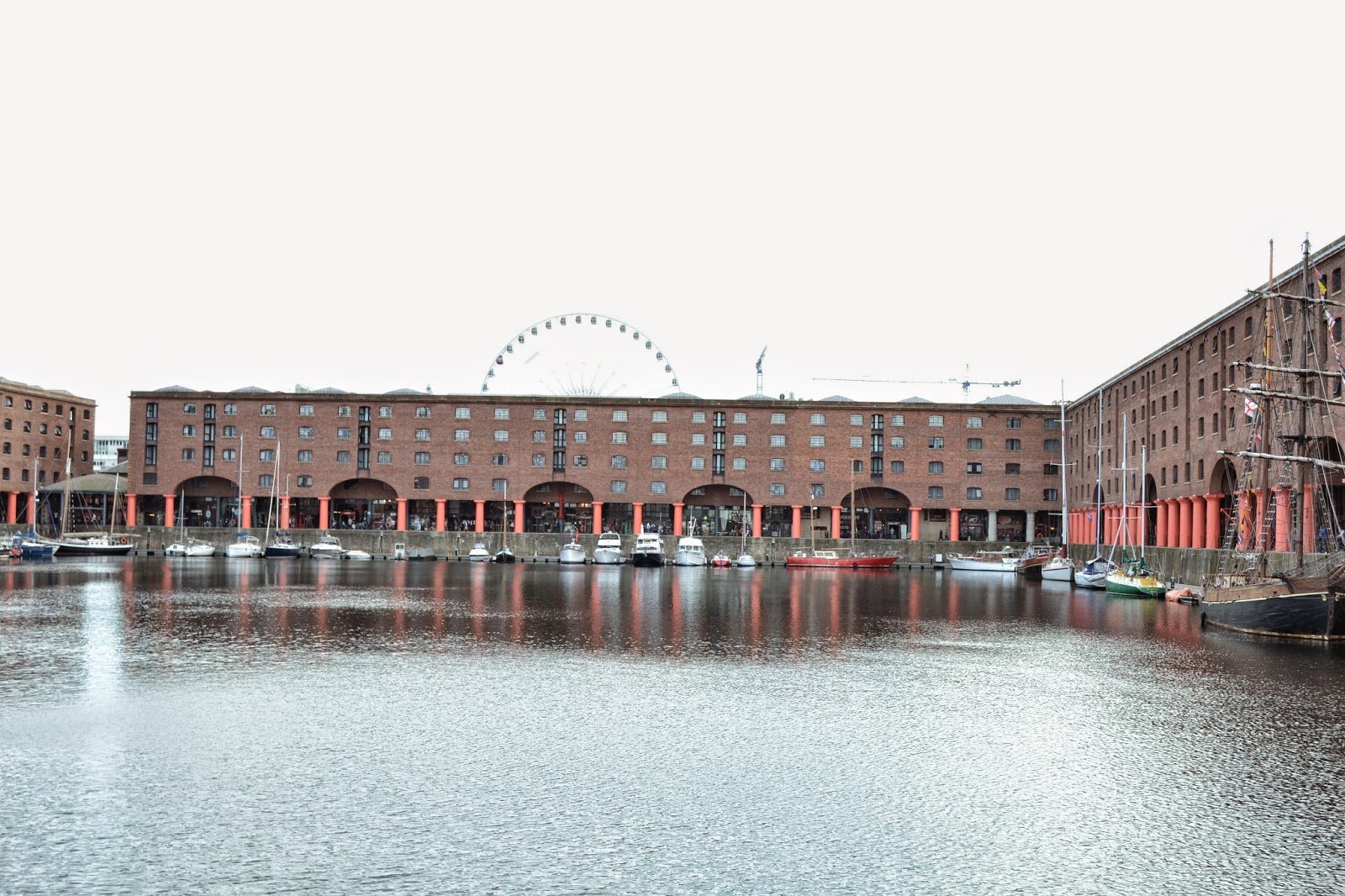There were many pieces of work that I loved at the Biennal but the one that made me want to experiment with a process most was Jane Stobarts' pieces. The amount of pristine detail she gained in these etchings was amazing as it can be difficult to not get your paper full of the ink. I really found the way she could show a light source in each one masterful of the process.
I hope to learn the process in the upcoming workshop as I can't wait to start experimenting with the technique for my project.





















































